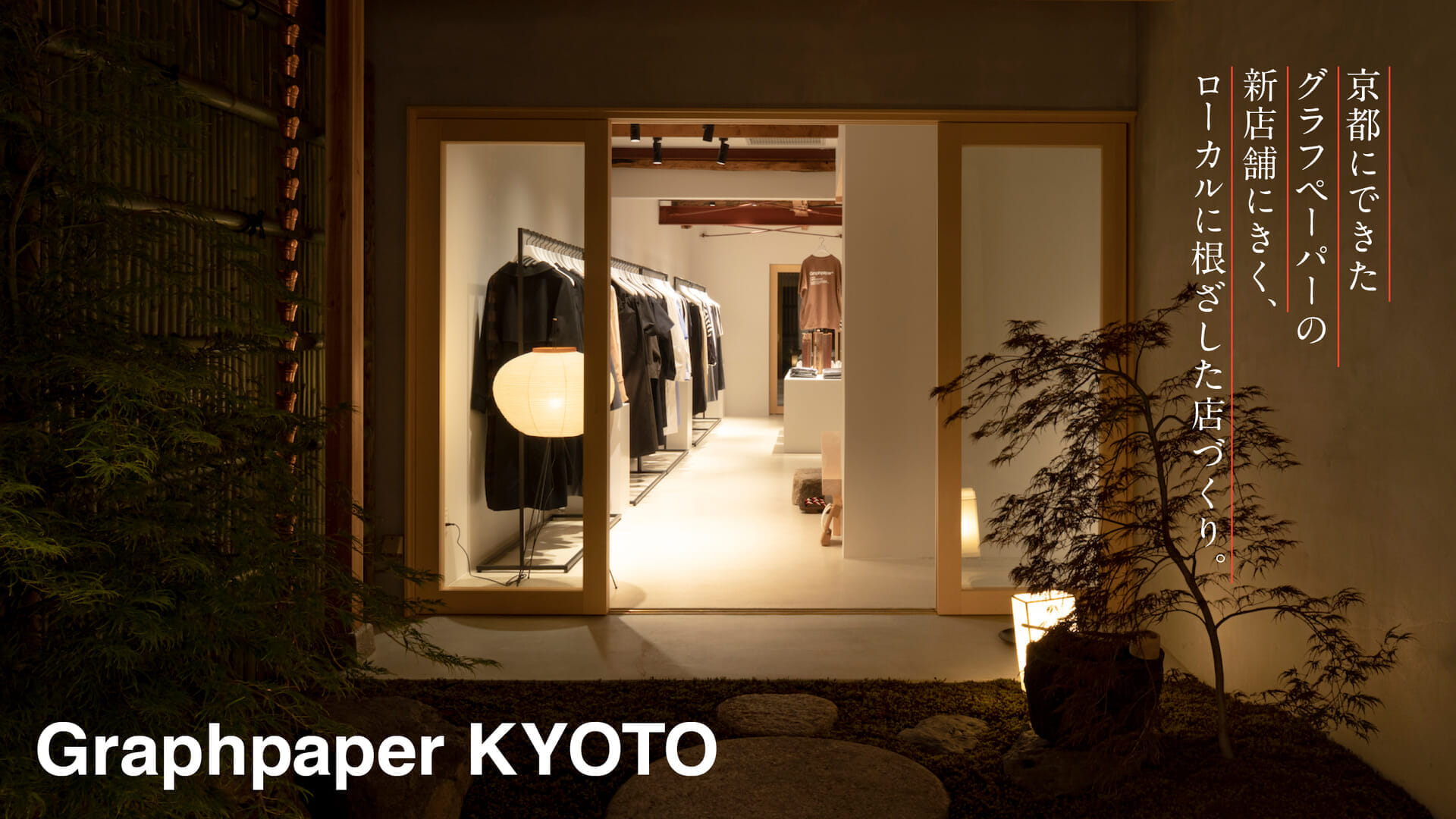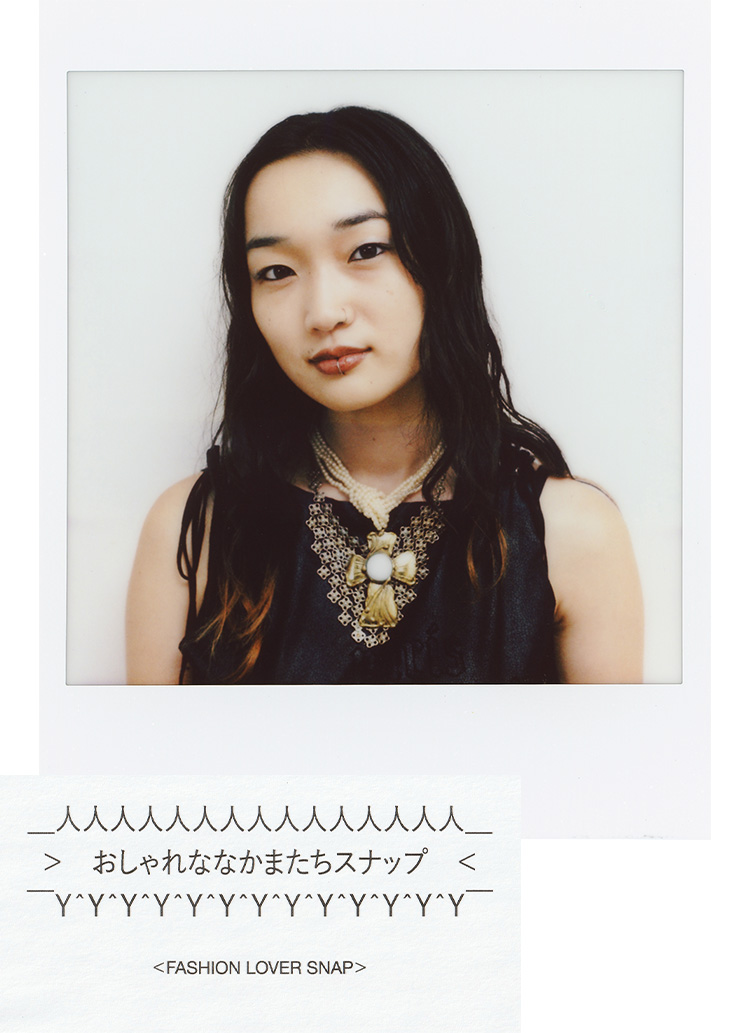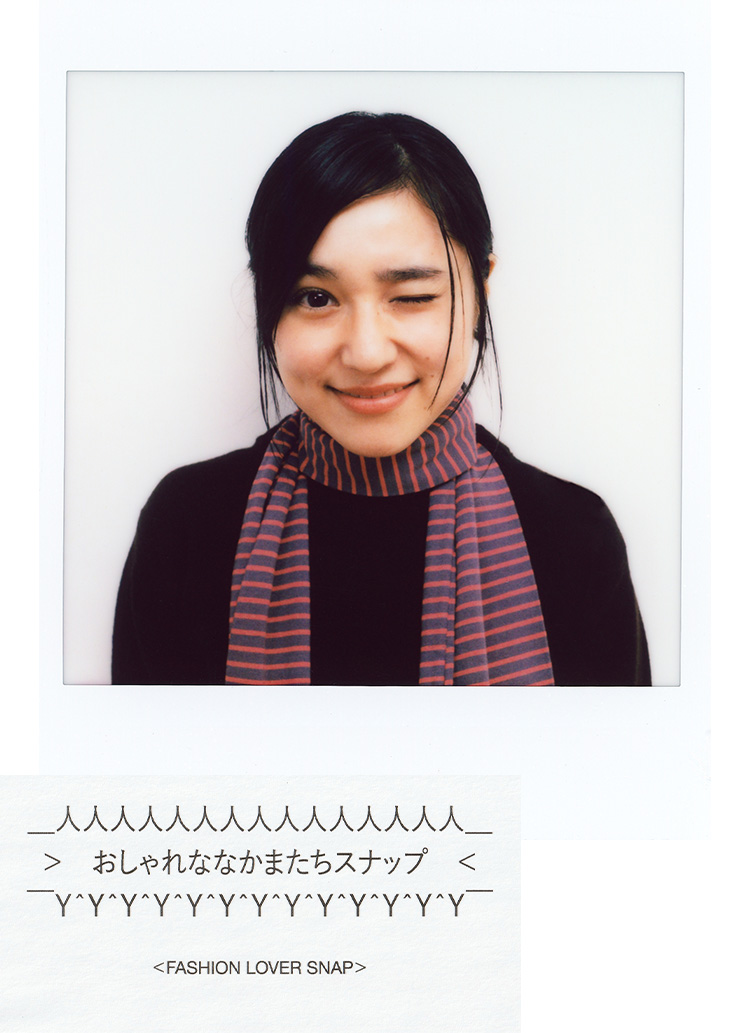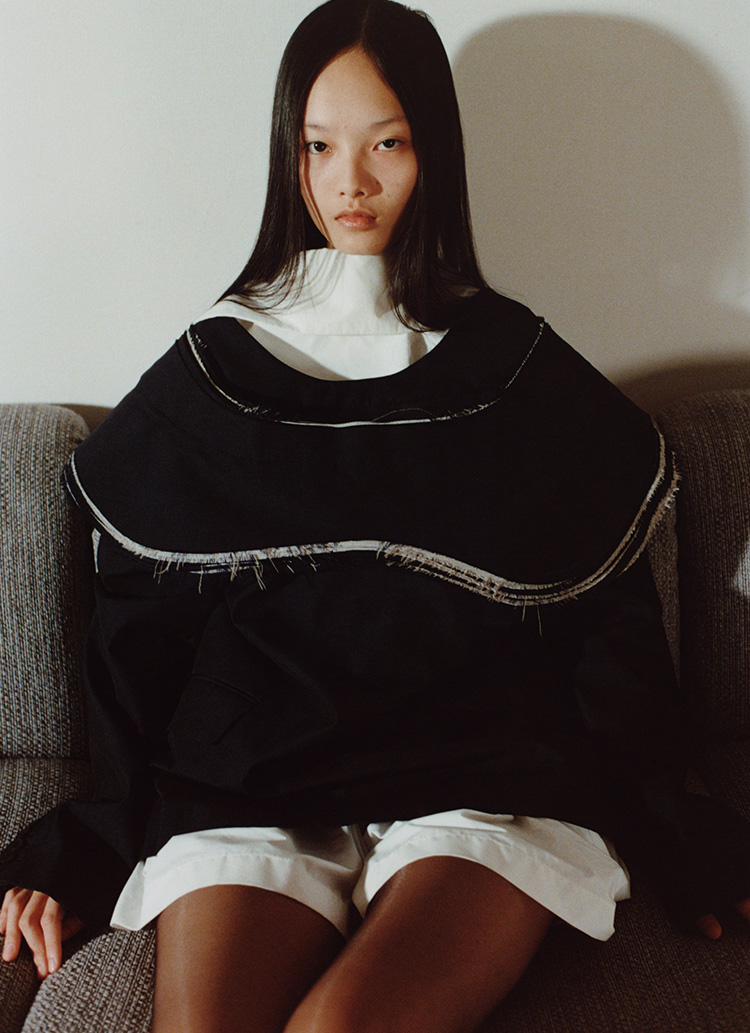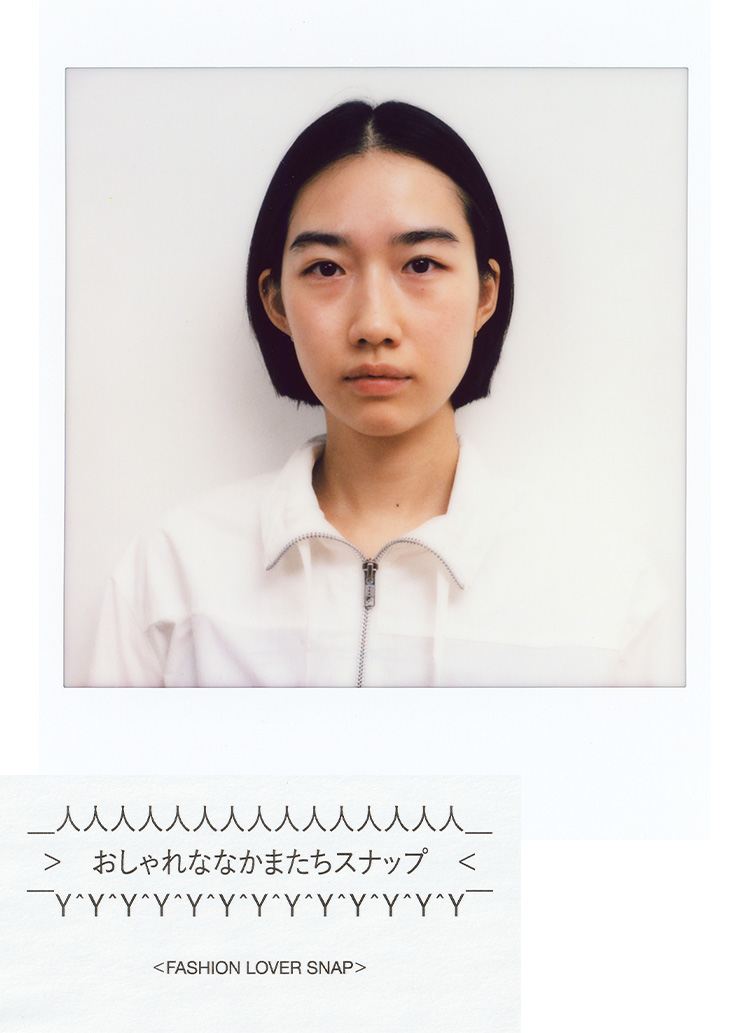We want to make it a place you want to go out of your way to visit.

What do you think is the charm of Kyoto?
South:I think it is the fact that old things remain and that the people who live there understand their value. Tokyo is a culture of scrap-and-build, where new things are being built as they come along. People say, "They are going to tear down this building. Of course, I understand that it costs more to preserve a building and that there are many reasons to do so, but the passage of time cannot be designed, and I like Kyoto's values in this respect. I like Kyoto's sense of values in that respect, and they have the capacity to accept it.
. That may be because you are based in Kyoto.
South:. There are things you can see after living in a place for a few months. It's the same with even one restaurant. There is a wide range from high to low. . I also feel that the flow of time is about half that of Tokyo. But that is something I learned after living in Kyoto. I have stayed in hotels, but there are many things you don't understand when you stay in a hotel. I learned a lot by having a base. There are a lot of interesting people at bars (laughs).
It is not easy for a local to be accepted by the local community, let alone a foreigner.
South:Yes, that's why I go out drinking every night. Thanks to that, even during the pre-opening, there were almost no people from the fashion industry, just people I met at bars. I was like, "That guy who is always laughing so loud, he makes clothes!

What do you think of Kyoto's fashion when you actually live here?
South:Kyoto fashion is like this! I don't think that there is any characteristic that can be said to be characteristic of Kyoto fashion. I have been to many places in Japan, and in the past, there was a certain type of fashion for people from this area, but nowadays, I don't think it is the same no matter where you go.
What do you think is the reason for this?
South:I guess it's purely the speed of information.
Do you feel the same way, Mr. Dosaka, who is based in Kyoto?
Dobaka:I feel it tremendously. In the past, there was a localized culture where there was a fashionable leader of the town and people dressed the same way would gather around him or her. However, with the spread of social networking services, I am sure that such culture and characteristics are being lost. Tokyo is the source of information, and I think it has become very flat in the sense that information is readily available to everyone, no matter where they are.
South:However, the stores are unique. There are stores in very remote areas, stores that offer products that can only be purchased there, and many other interesting stores. In terms of style and manner of dressing, I don't think they are all that different. Among them, I think Kyoto is not so outlandish and there are many people who prefer relatively simple clothes.

In that sense, I feel that Graphpaper's clothes are easily accepted by people in Kyoto.
South:I hope so (laughs).
Dobaka:I think Osaka has a strong individuality, but many people in Kyoto like basic or simple things, so I think Graphpaper is a good match. We actually had a lot of visitors during the pre-opening, and everyone loved it. Also, I think the key word in the future will be "who you buy from," so I am planning to take root in the local community more, not to mention the staff.
It is true that "only available here, only available for purchase, only available for experience" may be an important factor for the future of the store.
Dobaka:I think there are five senses and six senses, and I want customers to feel comfortable shopping after they come to the store and experience the world of "Graphpaper. It is completely different from buying something online because it is trendy without knowing anything about it.

Q: Did you actually have a concept in mind when you created Kyoto's "Graphpaper"?
South:At first, I thought it was important to package "Graphpaper" in such a way that its taste was like this, but now I think it is more important to change it depending on the location. It is something that can only be purchased or experienced at "Graphpaper" in Kyoto.

Is the small Japanese-style room one of them?
South:Yes . . I used to like to research traditional crafts and building construction in Kyoto. I visited properties that used to be temples and bought and read books on the subject. That is why the Kyoto branch is based on the traditions and rules that are unique to Kyoto, such as those found in the Dori Doma and the tea ceremony room. In addition, I was searching for a way to express something in terms of hospitality and behavior, and I finally found it in the Japanese-style room. We wanted to create a place where people could talk or relax without having to shop. It also functions as a place to pay the bill.
Dobaka:Mr. Minami was always saying, "I want to make this a restaurant that people will go out of their way to visit," even while we were making the restaurant. I was also strongly impressed by his words. The smell of the igusa (Japanese sesame) on the tatami mats is also a part of the experience. The clay walls are not as formal as those in a tea ceremony room, but are more like those of a private home.
South:They say it's just a very tense store (laughs).

. All the other stores have a clean, inorganic image.
Dobaka:So, it is not exactly the opposite of the Aoyama store, but I think you will find it "easy to get used to.
It is interesting that the Japanese-style room is the place to pay the bill.
Dobaka:When you check out, we have an operation where you take off your shoes and go up. By the way, when you open the shoji, you will find everything around the cash register.
South:When I told Mr. Dosaka that I wanted to create a Japanese-style room, he said, "I think it will be difficult to take off your shoes every time you check out," but to be honest, I hadn't thought that far ahead (laughs).
. But, on the other hand, I think it is the experience for the audience and one of the things they look forward to.
South:Also, if you try to do something like this in Tokyo, it is difficult because there are no craftsmen. But in Kyoto, there are craftspeople who can do the job, so during the process of designing, I kept checking with them to make sure that the design was in compliance with the rules. If we made a mistake, the store would be ruined.


. Is the warehouse at the back of the building a so-called "event space"? Is the warehouse in the back of the building what you call an event space?
South:That's right. The fundamental concept of "Graphpaper" is to juxtapose both clothing and other things, so we would like to use the space to present things that can only be experienced in the Kyoto store, such as artist exhibitions, vintage furniture shows, workshops, etc. We will use it as a space to present things that can only be experienced in the Kyoto store, such as artists' exhibitions, vintage furniture shows, and workshops.
The appearance of the restaurant is also reminiscent of Kyoto's history and atmosphere.
Dobaka:This warehouse was the main reason we decided on the location of the restaurant in the first place, and it remains exactly as it was in the past, both outside and inside. Originally, it was a two-story building, but we had the ceiling removed and the beams raised to create a single space. For the most recent event, Mr. Minami asked 10 Japanese artists who have a relationship with "Graphpaper" to create special works to be displayed and sold.

Was this garden part of the original?
Dobaka:The round stone in the center was kept as it was, but the rest of the structure was created almost from scratch.
South:When it rains, it becomes picturesque again. When I first saw it in the preview, it was in a really miserable state, but I made it so that the copper of the chain gutter, the bamboo, and the moss can be enjoyed as it ages. In the fall, the colors of the leaves change, so the scenery can be enjoyed in different seasons.


